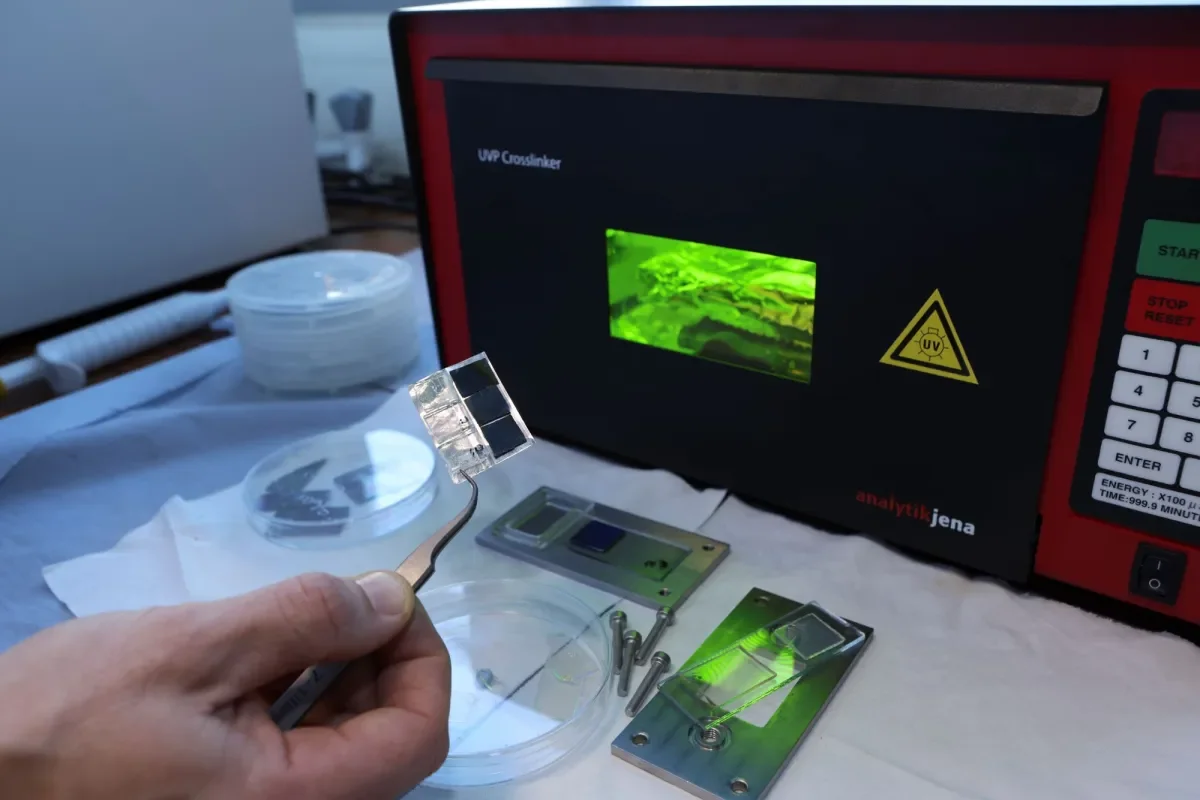

DCU lab samples lost with Moon lander just 90 metres from the surface
Dr Kelleher, members of her team, other DCU staff members, RTE reporter Brian O’Donovan and a cameraman all gathered in the NRF boardroom, to watch the landing on livestream with pizza and soft drinks laid out.
It was known beforehand that the chances of a successful landing were no more than 50-50, so the room was tense as the lander progressed around the dark side of the moon and re-emerged for the landing.
All was going well, until the final few moments, when contact was lost, with telemetry data being sent back until the lander was about 90 metres from the surface. At that point, it is thought the lander ran out of fuel, and crash landed on the surface as a result.
The faces around the table changed from tense silence to one of disappointment, with chat about what might have gone wrong.
Dr Kelleher, who did a live broadcast with RTE just after contact was lost, said that, despite the loss, much had been learned from the mission, and that it was likely that there’d be further missions attempted.
"This project will help us to understand how we can solve the sticky problem of moon dust for future human or robot explorers on the Moon," Dr Kelleher told RTE.
"Working with these types of materials teaches us even more about developing new surfaces that can kill bacteria, which will have applications here on Earth, for example, in healthcare settings and in the International Space Station too," she added.
Japanese lunar exploration company ispace was behind the mission - the first private mission to attempt to land on the Moon, but deemed the attempt to be unsuccessful after communication was lost.
"We have to assume that we could not complete the landing on the lunar surface," said ispace CEO Takeshi Hakamada.
Moon dust is very sharp, dry, fine and difficult to reproduce on Earth. It can interfere with electronics and can stick to everything from astronauts' boots to gloves, suits, cords and tools.
Given that space agencies and private companies are planning to send people to live on the Moon in coming years, it is important that scientists try and solve the problems that moon dust will present for people there.
The DCU made samples were fixed to the wheel of the Rashid Lunar Rover which was designed and constructed by engineers and scientists at the Mohammed bin Rashid Space Centre in the UAE.
The project is part of a collaboration with the European Astronaut Centre in the European Space Agency.
